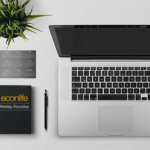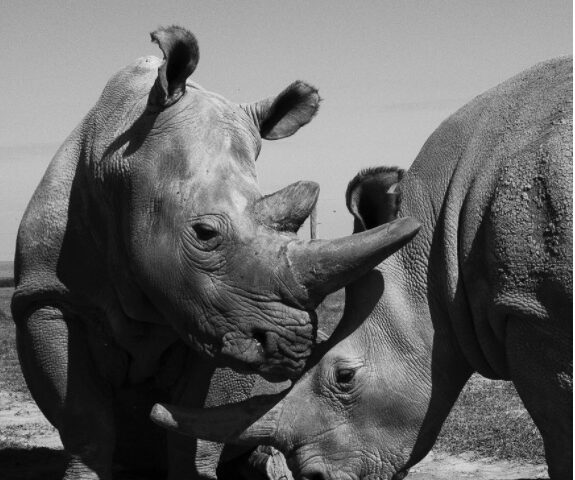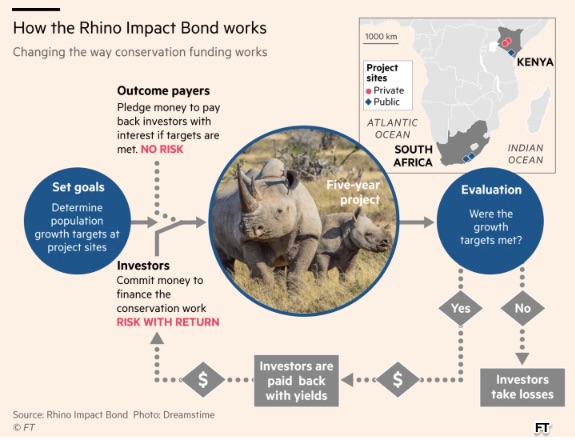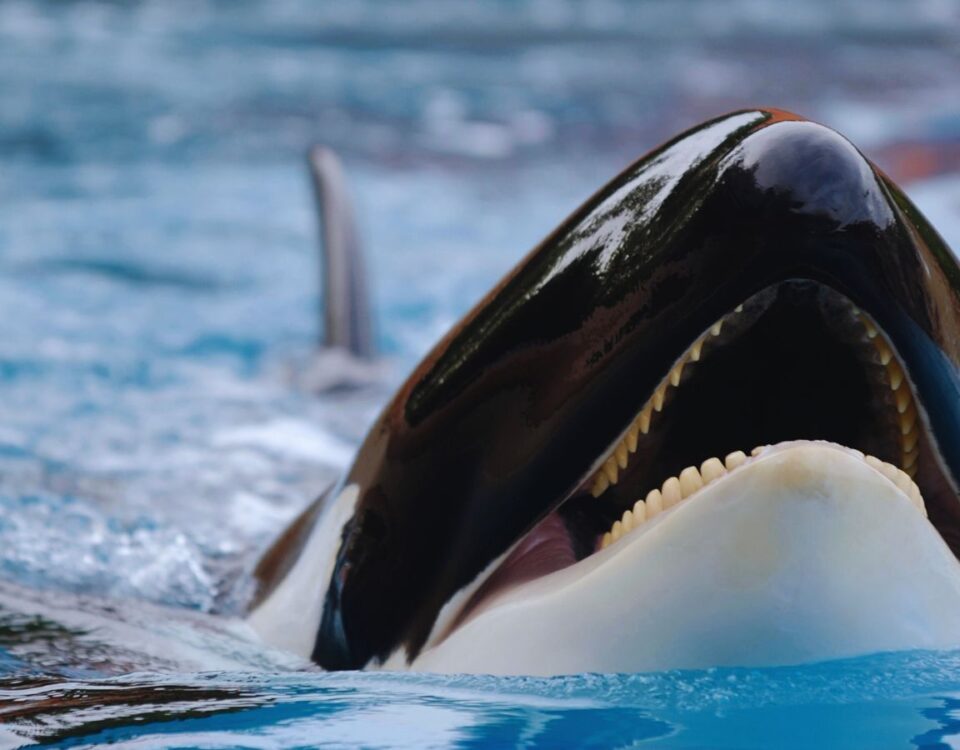
Our Weekly Economic News Roundup: From Peanuts to Colas
August 9, 2025
How Oreos and Reese’s Became Partners
August 11, 2025South African scientists have assured us that they can inject rhinos with a radioactive material without harming them. The goal is to snatch poachers leaving the country with rhino horns. Because officials can receive a radioactive signal from a 40-foot container where a rhino horn is hidden, they believe the concept works. Hopefully, locating smuggled rhino horns will reduce poaching.
Called the Rhisotope Project, this initiative is saving rhinoceroses.
Saving Rhinos
According to Save the Rhino (a conservation charity), more than 400 rhinos are poached annually. Currently a critically endangered population, the black rhino’s numbers have descended to alarming numbers. Not quite as drastic, the white rhino is also threatened.
Rhino Bonds
To protect the black rhino, a bond could be the solution.
As an IOU, a bond represents a loan. For typical bonds, the payback and interest come from the government or business issuing the bond. But the rhino bond tweaks the traditional format. Instead, interest goes to a conservation project. Then, bondholders get “outcome payments” that depend on whether there is less poaching and more babies. Targeting a 10% boost in the black rhino population for five years, the bond issue is supposed to raise $50 million. Bondholders receive the payout when the black rhino population grows.
This is how it works:
Also saving rhinos, scientists have developed an IVF technique that has had some success procreating white rhinos. With only two northern white rhinos remaining, they hope to repeat what they achieved for the southern white rhino. At that time, they were able to implant a lab-made embryo in a surrogate mother. For the experiment, the egg came from a southern white in a Belgium zoo, the sperm from a male in Austria. Meanwhile, the surrogate receiving the embryo was in Kenya.
Sadly, the surrogate died from an infection. However, subsequent tests indicated that the fetus was okay and would have been born a healthy baby.
Do take a 2-minute look at Najin and Fatu. (There is fund raising at the end of the video that does not relate to econlife.):
Our Bottom Line: Financial Products
Similar to silly putty, the air cast or the moving assembly line, in finance also we have new products and processes. Including, the junk bond, the money market fund, checking accounts, futures options, hedge funds and ATMs, a list of what was once a new financial product is long.
Typically perceived as an investment, the rhino bond instead can be understood as a financial product that someone invented.
Indeed, like the tools developed for the Rhisotope Project and rhino related IVF processes, rhino bonds are also products that people invent.
My sources and more: A NY Times Daily Podcast told about the northern white rhino sustainability project as did the NY Times Magazine. Then, these FT articles, here and here. and more recent articles, here and here described wildlife bonds while here we learned more about rhino pregnancies. Please note that i did check to be sure Najin and Fatu are still alive. However, I could not find information about the rhino bonds that were sold several years ago. And finally, National Geographic has an interesting firsthand story about a visit to a rhino sanctuary.
Our featured image of Najin and Fatu is from the NY Times.
![econlifelogotrademarkedwebsitelogo[1]](/wp-content/uploads/2024/05/econlifelogotrademarkedwebsitelogo1.png#100878)





